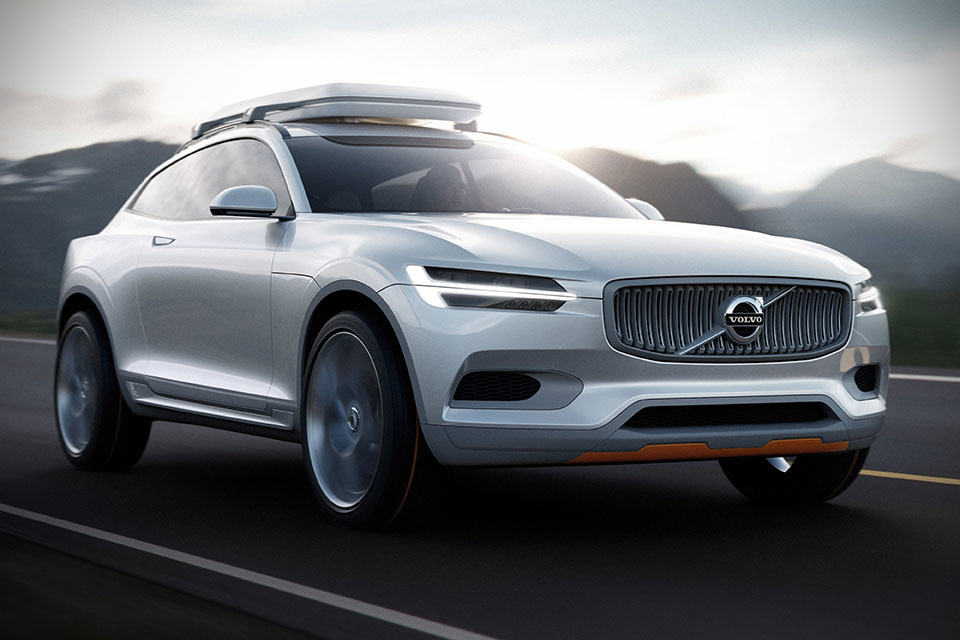The skies are getting a whole lot faster as Boom Supersonic edges closer to making aviation history with its XB-1 demonstrator. This isn’t your average test program—this is a countdown to shattering the sound barrier and revolutionizing passenger travel with the future-ready Overture aircraft.

November Milestones: Sharks, Heights, and Supersonic Dreams
November was a big month for XB-1, with two successful flights pushing boundaries. Flight 7 on November 5 saw the aircraft soaring to 30,000 feet (9,144 meters) and flirting with Mach 0.82 (499 knots true airspeed). Engineers focused on cockpit pressure tests and flutter envelope expansion, ensuring stability and comfort for future pilots cruising at supersonic speeds.
By Flight 8 on November 16, XB-1’s underbelly was making waves—literally. Testing a sharkskin-inspired riblet material developed with MicroTau, the team aimed to reduce drag, fuel consumption, and emissions. The flight confirmed safe operation at Mach 0.8 and expanded altitude capabilities to over 25,000 feet (7,620 meters).
October Highlights: Rattling Towards Transonic
Before tackling November’s highs, XB-1 laid the groundwork in October. On October 7, the fifth flight reached Mach 0.69 (428 knots true airspeed) at an altitude of 17,800 feet (5,425 meters). By October 25, Flight 6 introduced the flutter excitation system (FES), inducing intentional vibrations to test structural resilience. These tests ensured that XB-1 could confidently push into the challenging transonic regime—speeds between Mach 0.8 and 1.2 where commercial jets fear to tread.

Why Transonic Matters
Think of the transonic regime as aviation’s adolescence—awkward, turbulent, and pivotal. At these speeds, structural vibrations (dubbed “transonic buffet”) pose significant challenges. XB-1, however, is designed to glide through these bumps on its way to supersonic cruising, setting the stage for Overture, Boom’s high-speed passenger jet.
Overture Takes Shape
While XB-1 prepares for supersonic stardom, Boom’s Overture Superfactory in North Carolina is busy laying the groundwork for the future of commercial air travel. With a shiny new 15-ton crane installed, the assembly line is revving up for Overture production.
The Heat Is On
The Symphony engine, destined to power Overture, is already turning up the heat—literally. At ATI’s Dallas facility, metal forging for the engine’s superalloy components is underway, tested to endure the blistering conditions of supersonic cruising.

The Future of Speed
With each test, XB-1 brings us closer to a new era of aviation. The ultimate goal? Overture, capable of carrying 64-80 passengers at speeds twice that of today’s planes. For now, though, XB-1 is setting the pace, ensuring that when supersonic travel makes its grand return, it’s as safe as it is fast.
Keep an eye on the skies—this is just the beginning.


Images: Boom Technology.



